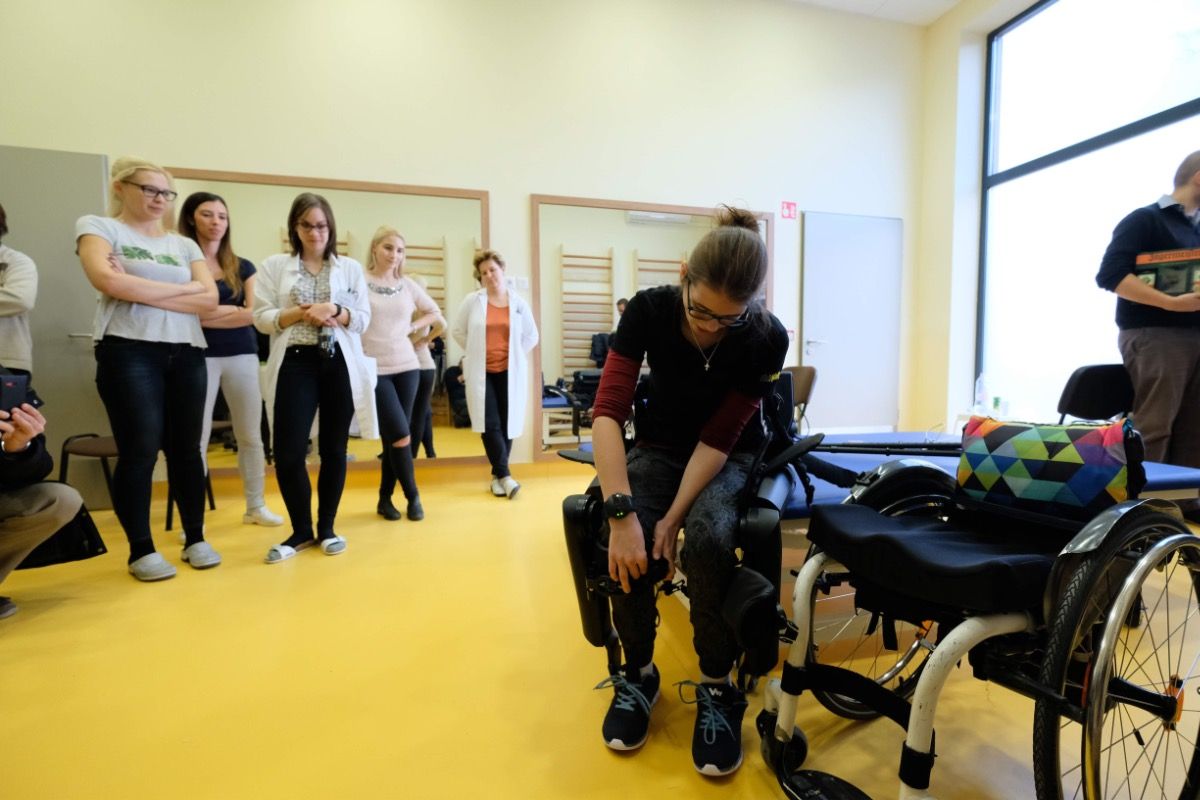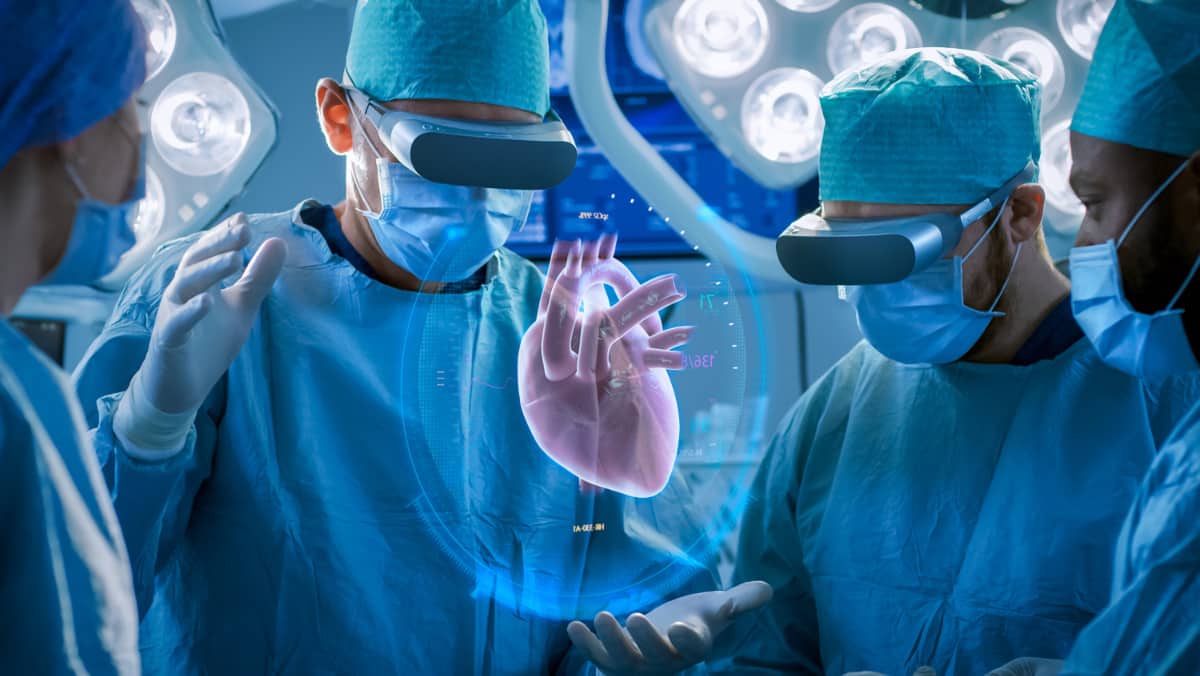The University of Pécs 3D Printing and Visualization Centre is unique in its genre in the country. It applies the most modern 3D printing techniques in various fields of research and development, but in accordance with the PTE “entrepreneur university” idea it also handles practical implementation of developments and market sales of products. To support these endeavours, it also networks with investment groups. These tasks are emphasized and actualized by the university’s decision the create a new research and development umbrella organisation, the Centre for Biomedical Engineering & Innovation (CBEI). As the centre of the umbrella organisation encompassing multiple faculties, scientific fields, large projects both professionally and economically, the 3D Centre will continue to participate as the flagbearer and common point of advanced technologies. The novelty lies in the ability to concentrate more on the fields where it can achieve more successes in the future, and where it can provide better support to PTE’s R&D activities.
The idea of creating the PTE3D project was born in 2015. The innovation leader of the institution, Dr. Péter Maróti said: “The rector of the University of Pécs at the time, Dr. József Bódis – who is now the Minister of State for Education – has always considered the creation of a multidisciplinary research centre that would join the various university research group by 3D technology, one of his goals. The Medical School, Faculty of Business and Economics, Faculty of Engineering and Information Technology and the Faculty of Natural Sciences all took part in the initial design of the concept. The management of the research centre was given to Dr. Miklós Nyitrai, dean of the Medical School. We have won a tender from the National Research, Development and Innovation Office, gaining more than 1.8 billion HUF for the concept. Last March saw the opening of the PTE3D project’s own 600 m2 centre on the Faculty of Engineering and Information Technology campus.”
The equipment of the research centre has several 3D printing techniques. One of them is the FFF (Fused Filament Fabrication) process that uses polymer strands softened by heat to build layers of plastic that will form the final shape. These small, less costly machines can print plastic items and components cheaply, quickly and tailored to individual needs. The PTE3D centre also uses the selective laser sintering technology. The centre uses these two methods for the development of upper limb prosthetics. Moreover, there are multiple industrial size photopolymer printing machines available as well. “These machines print with liquid resin, quickly solidified by light and laser, layer by layer. This method allows for the printing of highly detailed objects with a 16-micrometre accuracy. It is highly useful for printing dental surgery design templates and orthodontic equipment,” added Dr. Péter Maróti.
He added that a plethora of ideas surfaced about further uses of 3D printing in the past three years. For example, some architects from the Faculty of Engineering and Information Technology and Faculty of Music and Visual Arts are thinking about building unique houses with 3D concrete printing. An engineering researcher in the group would like to try 3D printing in car manufacturing. At the same time, the PTE3D centre fulfilled a variety of external orders lately, even industrial companies expressed their interest nationwide. “There was someone who wanted to print their own special vase design, others wanted components for the vacuum cleaner and one of our faculties gave owl-shaped awards to their TDK winners. An industrial customer asked for machine components. Since we are a university research centre, we cannot gain profit from these. However, we can finance ourselves with these external orders, and gain experience at the same time. We wish to keep this openness, but it is difficult to focus on our work if we are constantly switching between external orders and important medical engineering project equipment. Therefore, we have made the decision to restructure our activities, positioning ourselves in a different way. The Centre for Biomedical Engineering & Innovation idea provides the perfect opportunity for this. The 3D Centre remains an important element of the new organisation, but – along with the other cooperating research groups and research projects – we will be able to mark our competences and operation goals better. In the following, we would like to focus more on medical-technology developments, and if we still have the capacity for other orders above that, we will gladly fulfil those in cooperation as well”, summarized Dr. Péter Maróti.
Six new workgroups were created within the aforementioned umbrella organisation based on the experiences of the previous period – 3D printing will mostly be connected to these. For example, the Medical Material Technology research group is studying the characteristics and behaviour of materials (polymers and composites) used in 3D printing. They are also experimenting with uniquely developed materials: how does the structure and characteristics of thermoplastics change if calcium carbonate or various carbon concentrates are added? But the study of various silicones is also included in their base research, and the applications of thereof is strongly connected to the Healthcare Simulations workgroup. This field of study has a long history at the University of Pécs, where the MediSkillsLab Simulation Education Centre has been working since 2015. MediSkillsLab uses 3D printing to replace the consumable parts of ALS (Advanced Life Support) mannequins that are useful in both gradual and post-gradual courses. Medical students can practice coniotomy on a locally developed, bleeding fake skin and realistic artificial larynx. But they have created brain ventricle models, artificial bones and equipment for practicing suturing. 3D printing is also used in the maintenance of so-called high loyalty simulators. These are models copying the human body with a serious software background: they simulate various life functions and disturbances perfectly, they even react to medical procedures. From intravenous injections to treating arrhythmia, many things can be practiced on these human-like simulators.
Dedicated workgroups deal with the development of healthcare software and bioprinting. The latter may be the most innovative medical technology field, exciting even science fiction fans. A variety of organoids is created; this means the creation of living tissue samples grown artificially from living cells. Researchers can study the causes of diseases and the functional mechanisms of medication on a molecular level on these living tissue samples. The research centre in Pécs prints lung tissue and studies lung tumours, inflammation and fibrotic diseases of the lung. They also conduct pharmaceutical experiments.
The neurorehabilitation workgroup, however, mainly uses 3D printing for making various prostheses. Dr. Péter Maróti emphasizes: they are mostly engaged in designing their own upper extremity prostheses. They are completely unique on the Hungarian market: “Engineers, IT technicians and doctors work together here. The arm prosthetic uses electrodes to register electric signals after attachment, which is how it is able to complete movement commands. 3D printed prosthetics can be better tailored to the needs and characteristics of patients, and they are considerably faster and more cost-effective to manufacture. We are only at the prototype stage, but we are already discussing product development with a large group of investors. But we still need one and a half or even two years to reach the point of having a commercially available prosthetic for patients.”
Last but not least, healthcare robotics, remote controlled diagnostics and surgery intervention will also be separate workgroups. The incredible development of medical robotics is shown by the fact that surgery can now be conducted remote controlled from large distances with internet technology.
The “super-research centre” will aim to exploit all of the opportunities in the connection of different scientific fields, creating real synergies. If interdisciplinary views could boost stagnating fields of science in the last century, then we can imagine what connecting soaring fields would achieve in new viewpoints and modern solutions.
The medical researcher emphasized: 3D printing alone is one of the fastest developing innovative field in the entire world; there are new printing materials, processes and applications almost every day. Connecting this curve with other, similarly innovative or high-tech projects promises incredible opportunities and speed. The research centre in Pécs is therefore trying to develop in this direction, and the participation of more and more young researchers in the projects gives even more hope. They have world-class achievements in multiple fields already – for example in simulation techniques or in prosthetics manufacture – that elevate Hungary into the forefront of 3D printing.



